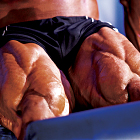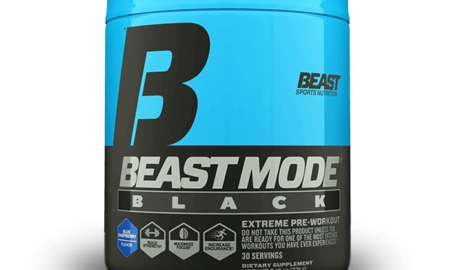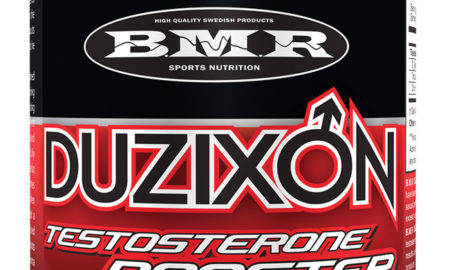 Yeah, DHEA, a.k.a. dehydroepiandrosterone, is the most abundant steroid hormone in the body. Most would say that it’s good just for old people. Well, think again.
Yeah, DHEA, a.k.a. dehydroepiandrosterone, is the most abundant steroid hormone in the body. Most would say that it’s good just for old people. Well, think again.
A recent study looked at the role of DHEA in aerobic and weight training.1 In a double-blind, placebo-controlled experiment, 16 young men, 19 years old, received either a flour-capsule placebo or 100 milligrams per day of DHEA during five days of successive exercise. Oral DHEA supplementation significantly increased circulating DHEA-S by 2.5-fold, but a 35 percent drop was observed from day 3 during training.
If you’re wondering what the difference is between DHEA and DHEA-S, the S stands for an extra sulfate molecule attached. Most of the DHEA in your body occurs in the DHEA-S form. The researchers observed only a minimal DHEA-S reduction of 17 percent in the placebo group, but what was most interesting was the effect on muscle soreness.
Soreness was elevated significantly on day 2 for both groups, but on days 3 and 6 there was less in the DHEA-supplemented group. Creatine kinase, a blood marker of muscle damage, was much higher in the placebo group as well. Thus, DHEA-S protects skeletal muscle from training-induced damage in young exercising men.
In another very intriguing study, scientists compared alternate-day fasting with a lowfat diet and a high-fat diet in terms of weight loss and cardio protection.2 Thirty-two obese subjects were randomly assigned to a high-fat (45 percent) or lowfat (25 percent) alternate-day-fasting diet that consisted of two phases: 1) a two-week baseline weight-maintenance period and 2) an eight-week alternate-day-fasting weight-loss period. All food was provided, but either way, fasting sounds about as much fun as running with scissors. What the researchers found was interesting, however.
Both groups lost a lot of fat, but the high-fat group actually lost more than the lowfat group (11.9 pounds vs. 9.2 pounds). Low-density-lipoprotein cholesterol and triglycerides decreased in both equally well. High-density lipoprotein, blood pressure and heart rate remained unchanged. There were basically no group differences for any parameter. These findings prove that a high-fat alternate-day-fasting diet is equally as effective as a lowfat alternating-day-fasting diet in helping obese subjects lose weight and improve cardiovascular risk factors.More important, it shows that eating a lot of fat, when calories are restricted, is not a bad thing.
One last note: Keep in mind that eating a lot of fat as part of a high-carb diet is not the same as doing it when you’re not eating all those carbs.
Here’s one last science pearl for you. We at the International Society of Sports Nutrition just published a position paper on energy drinks.3 In summary, they work and, when used as directed, are quite safe. Don’t believe the goofy spin on the paper put out by the mainstream press. Once again, they just don’t seem to get it.
—Jose Antonio, Ph.D.
Editor’s note: Jose Antonio, Ph.D., is an assistant professor at Nova Southeastern University in sunny South Florida.
1 Liao, Y.H., et al. (2013). Effect of dehydroepiandrosterone administration on recovery from mix-type exercise training-induced muscle damage. Eur J Appl Physiol. 113(1):99-107.
2Klempel, M.C., et al. (2013). Alternate day fasting (ADF) with a high-fat diet produces similar weight loss and cardio-protection as ADF with a low-fat diet. Metabolism. 62(1):137-43.
3Campbell, B., et al. (2013). International Society of Sports Nutrition position stand: energy drinks. J Int Soc Sports Nutr. 10(1):1.




















You must be logged in to post a comment Login